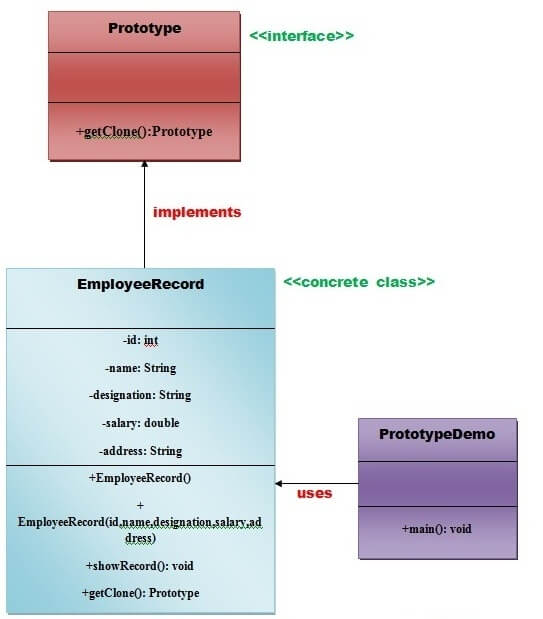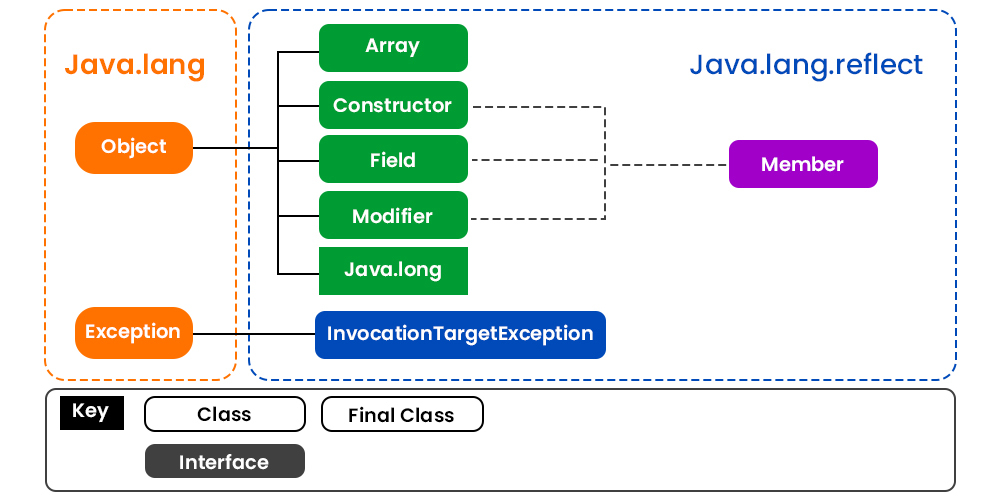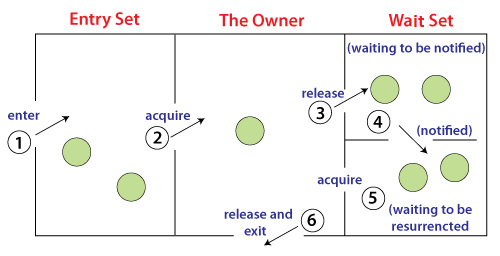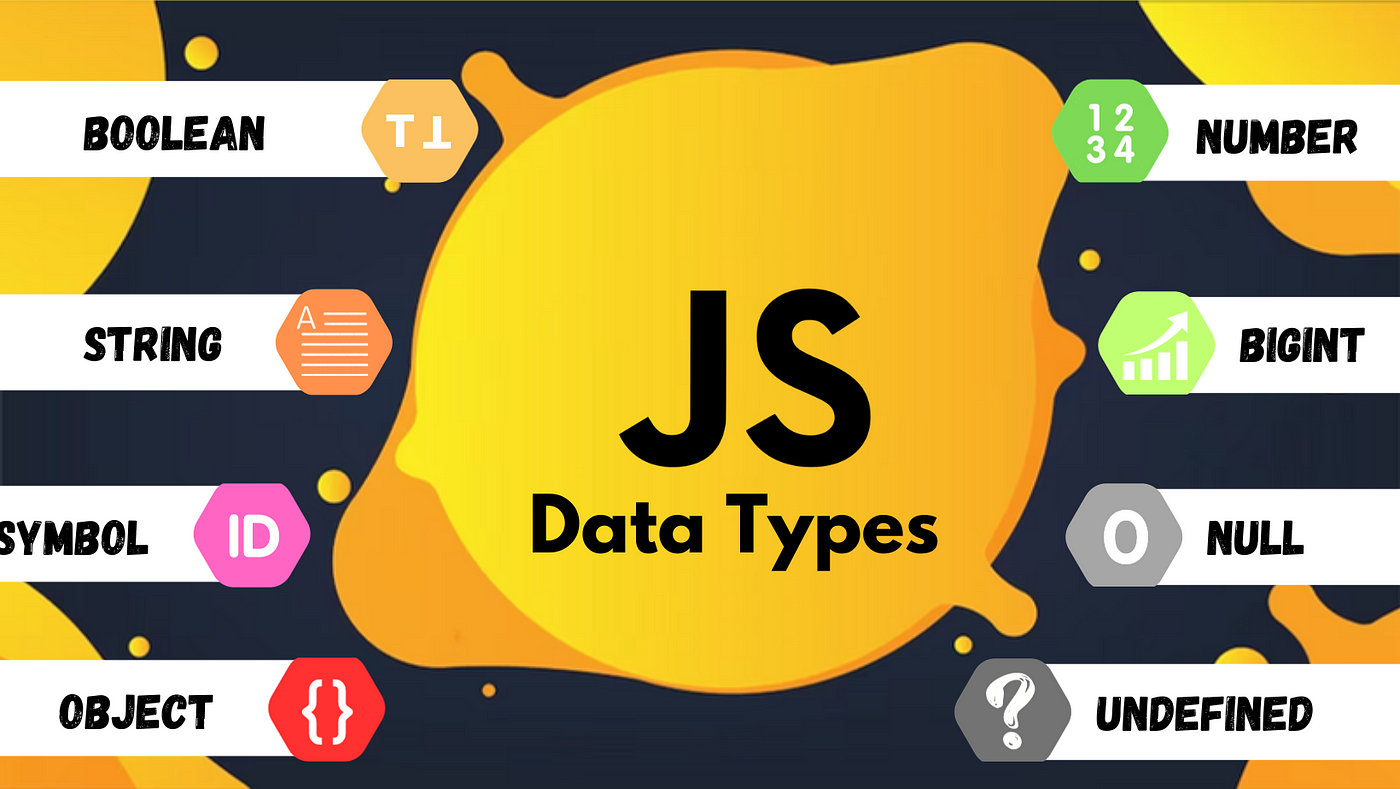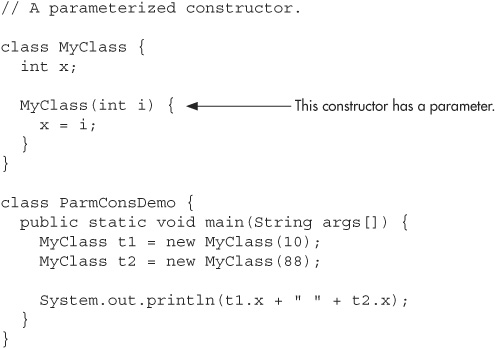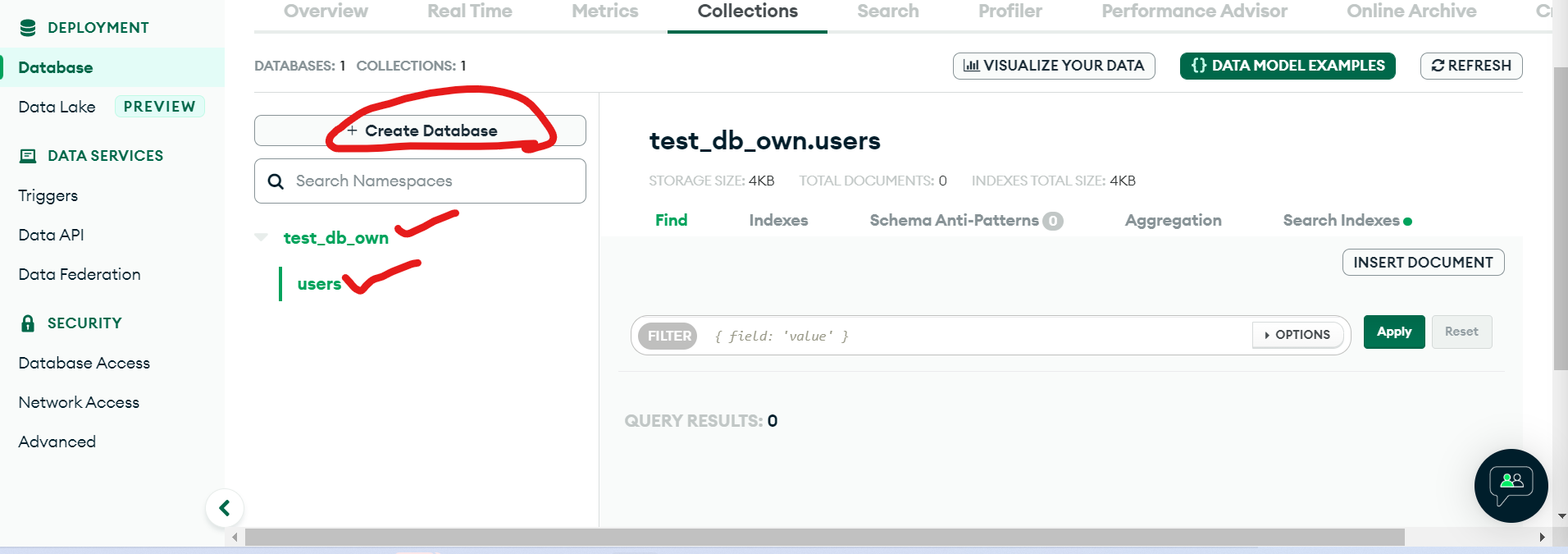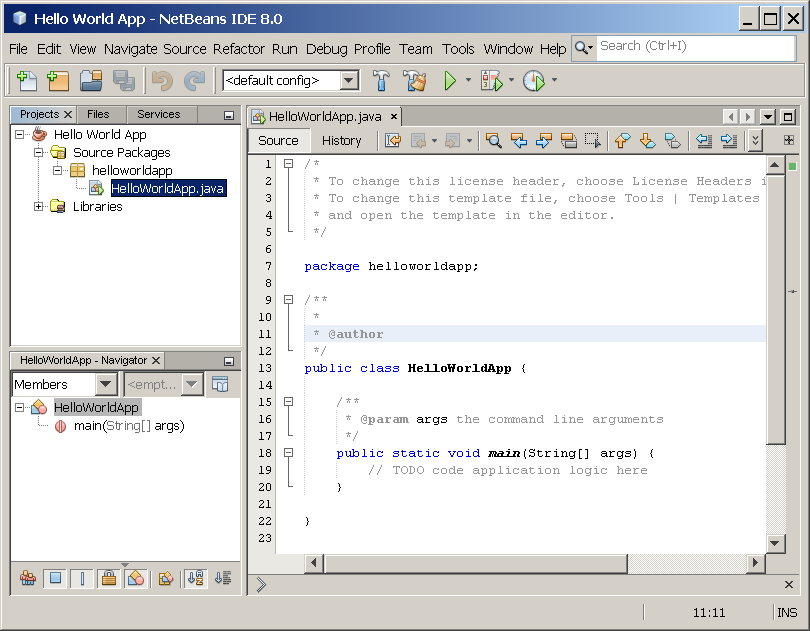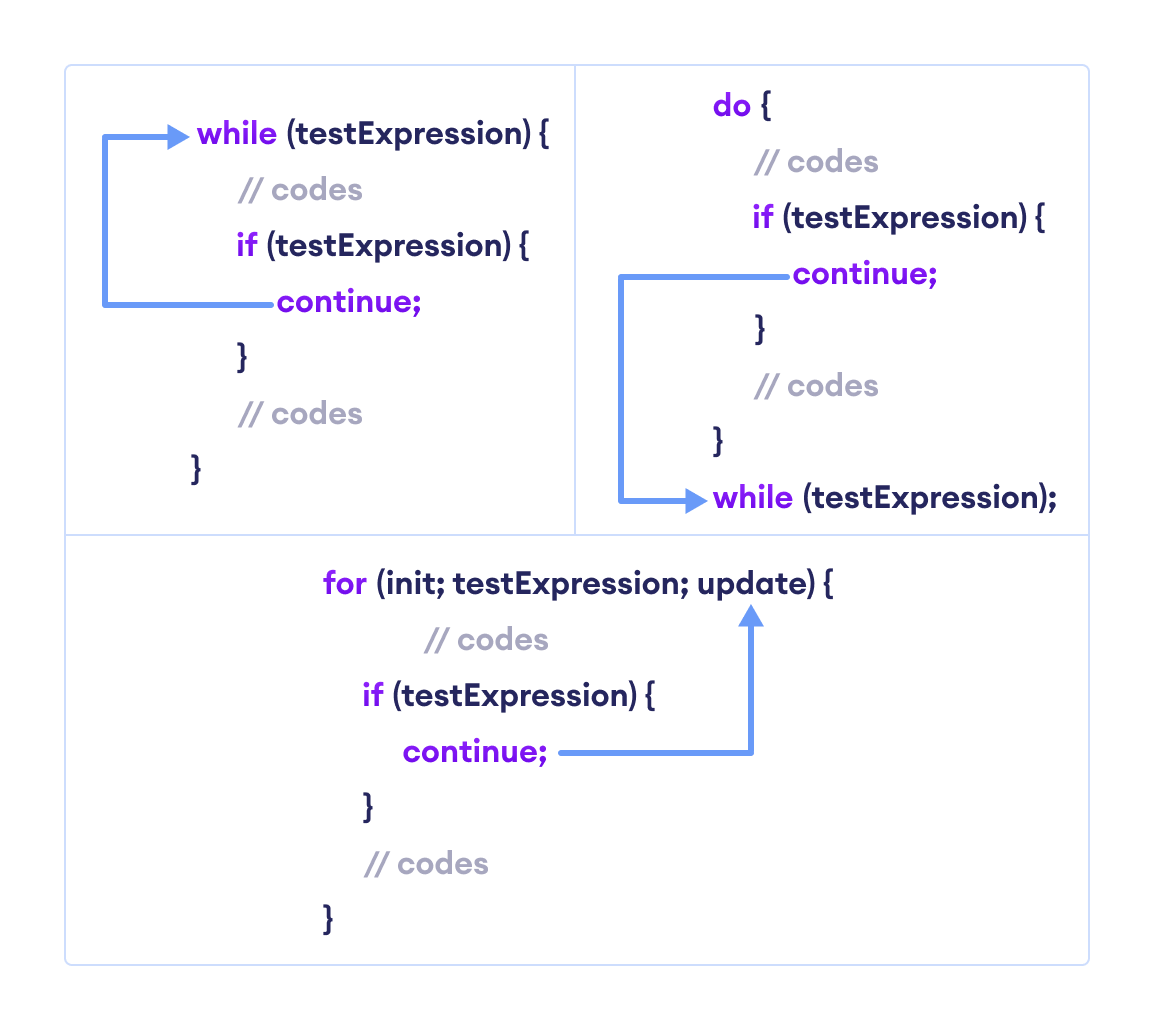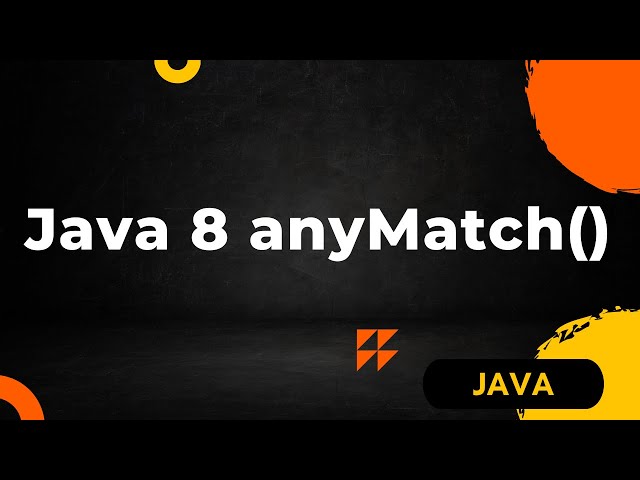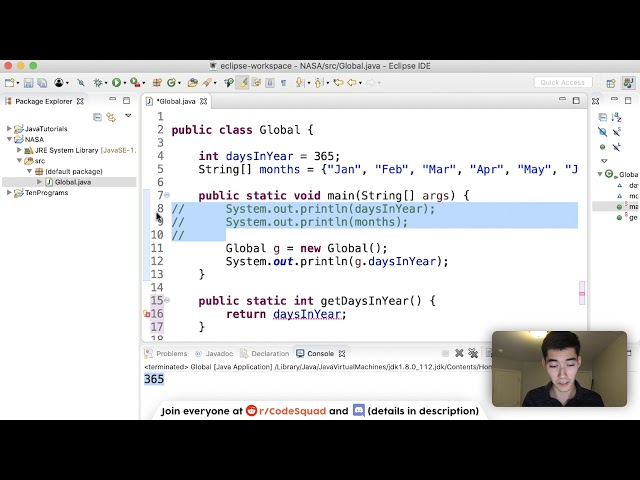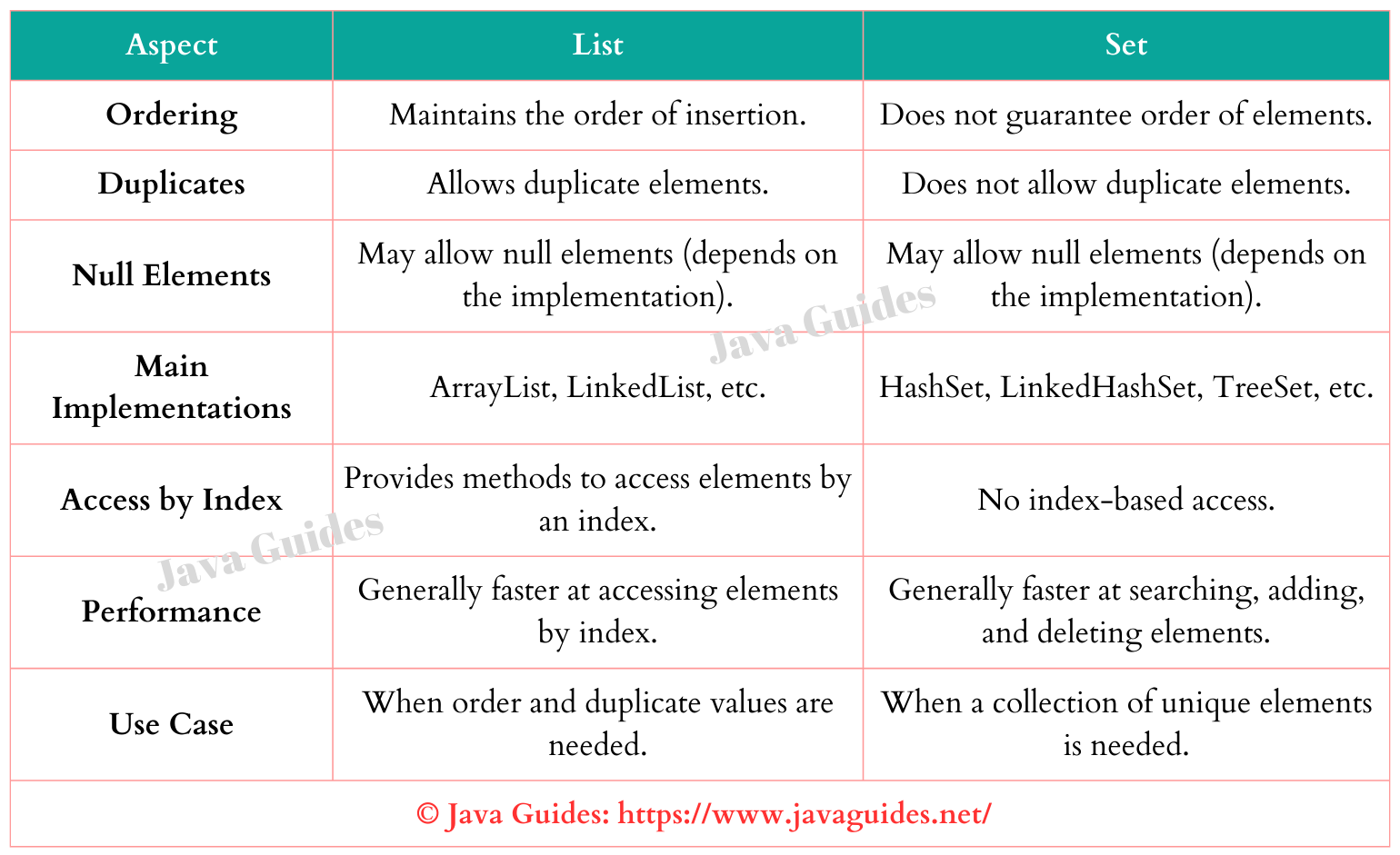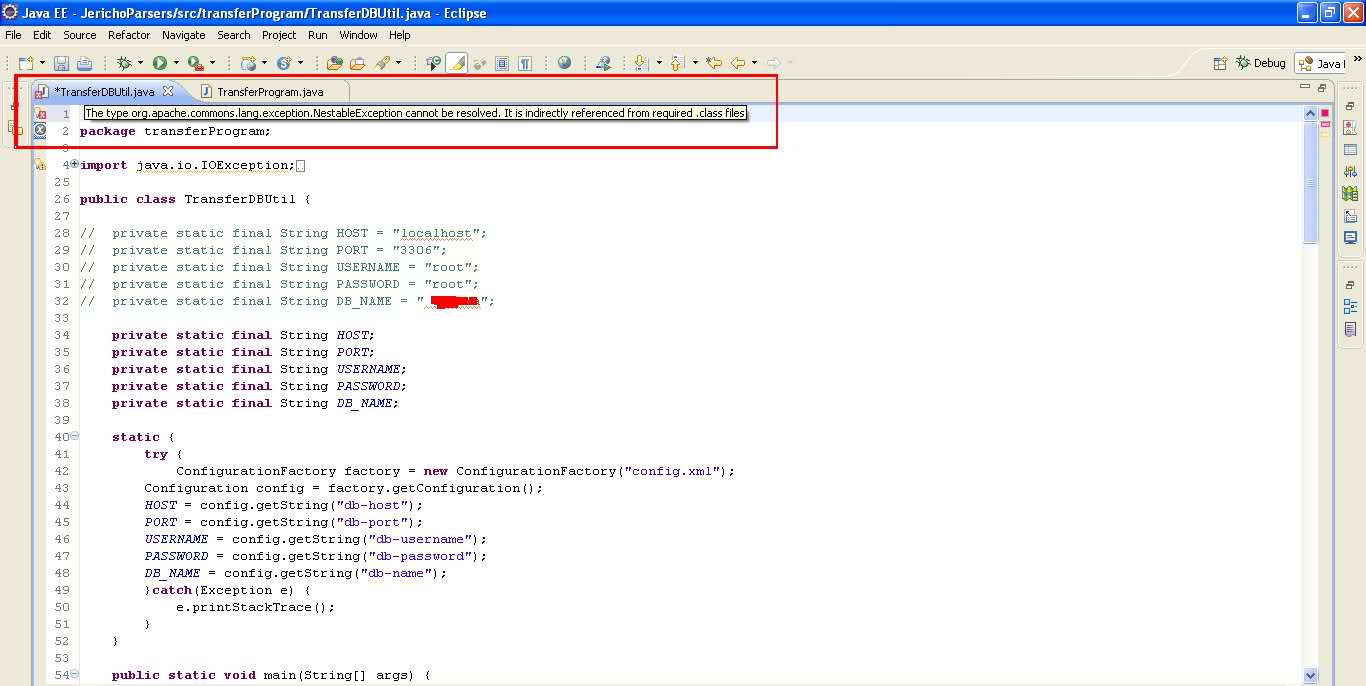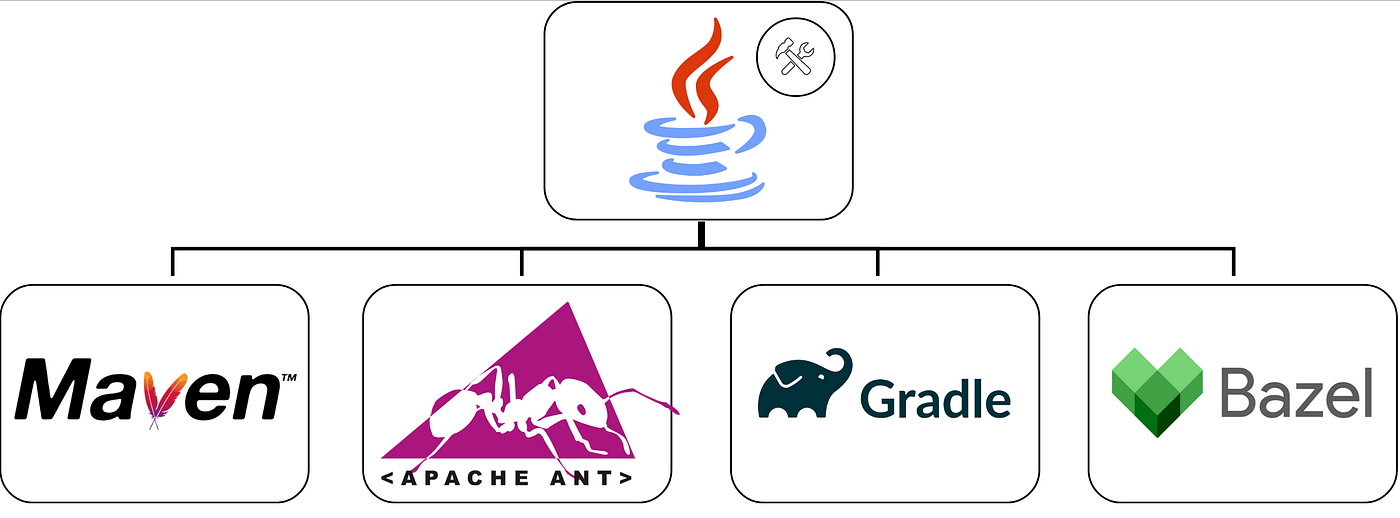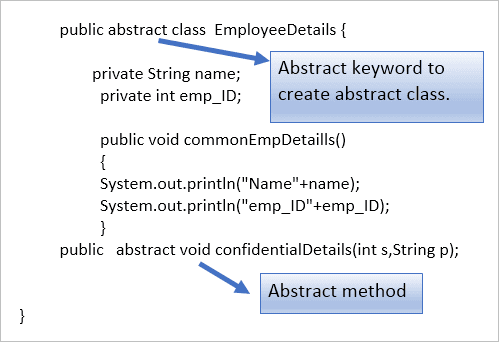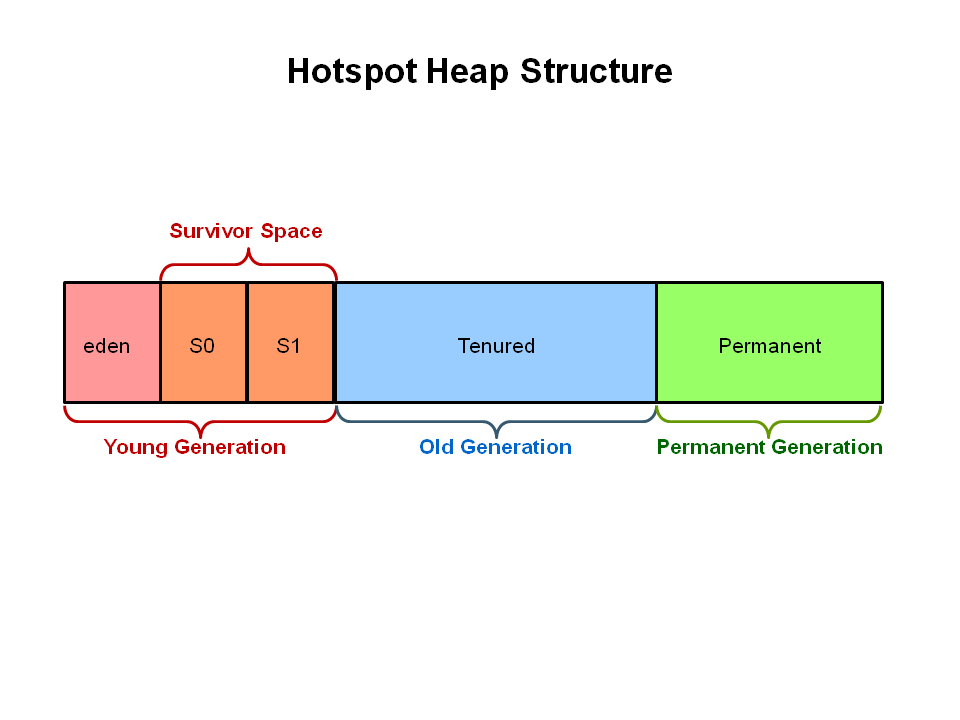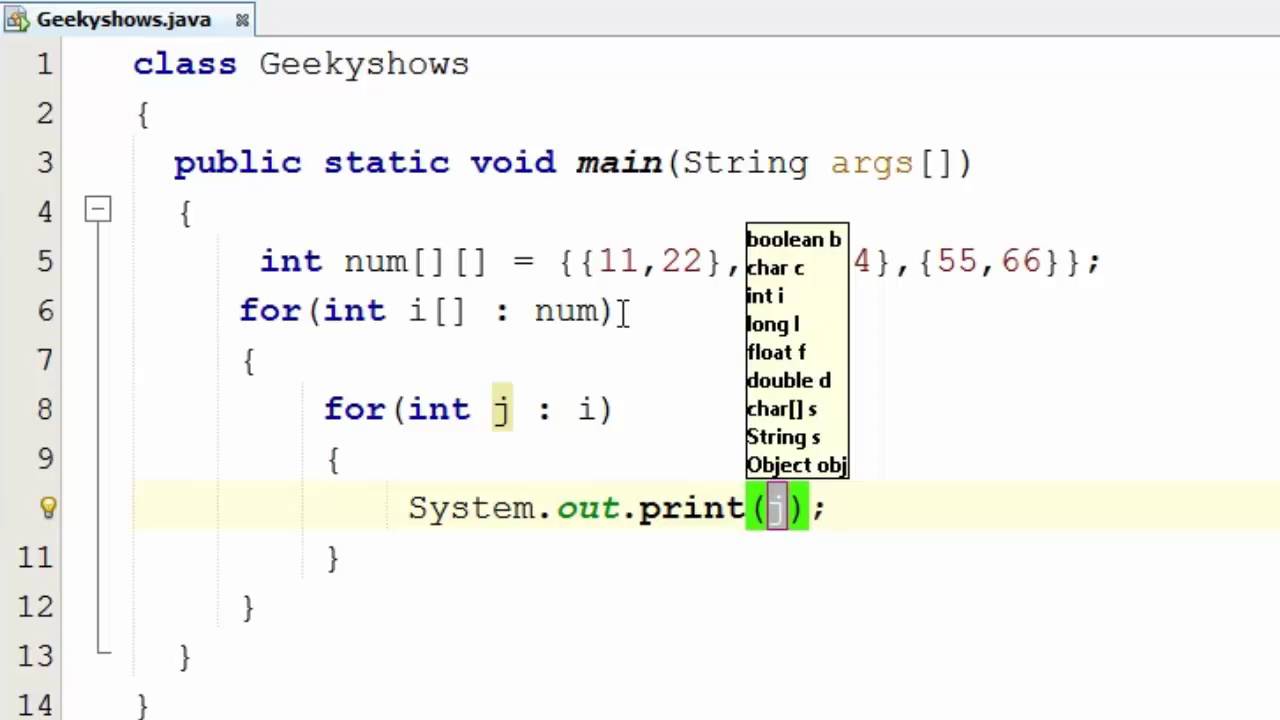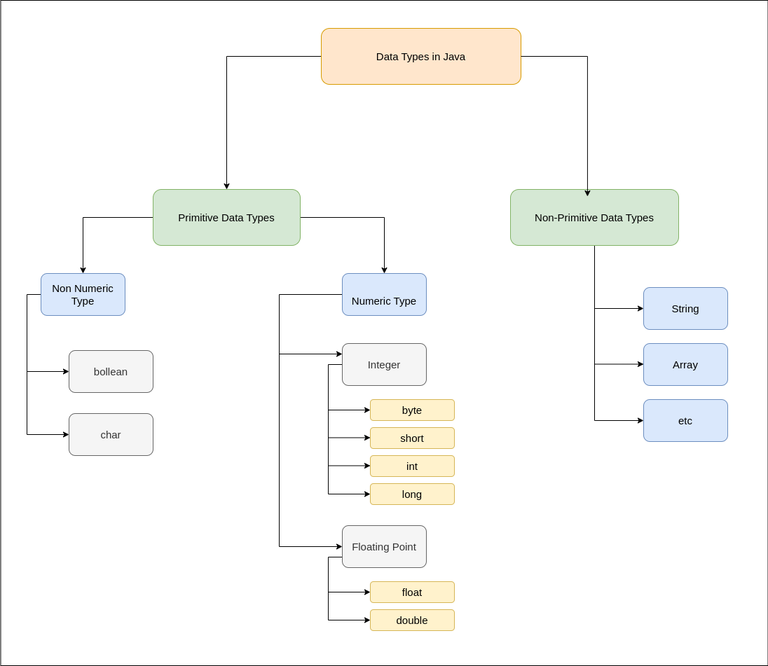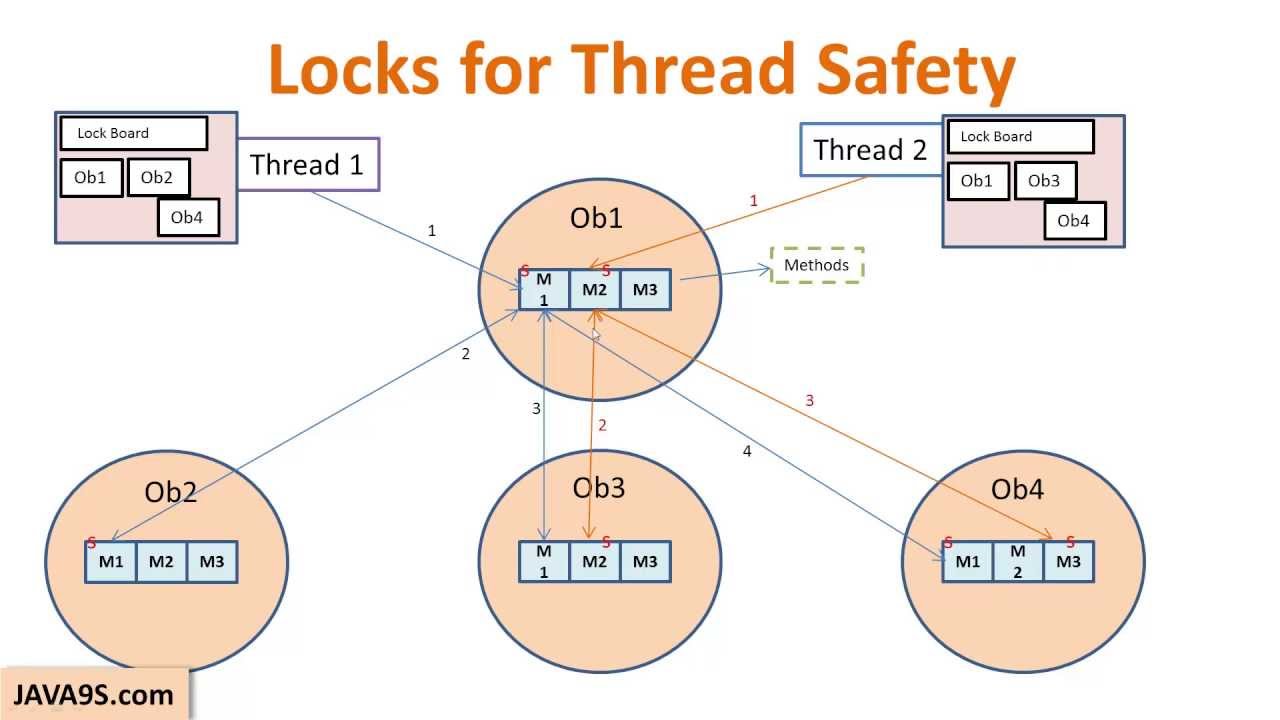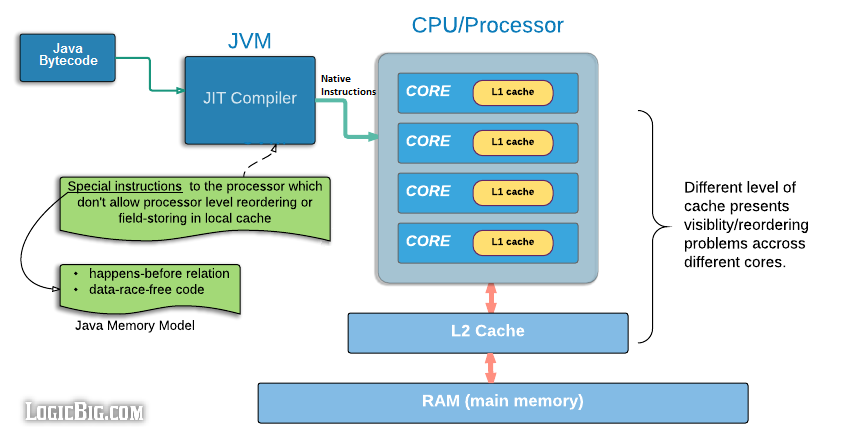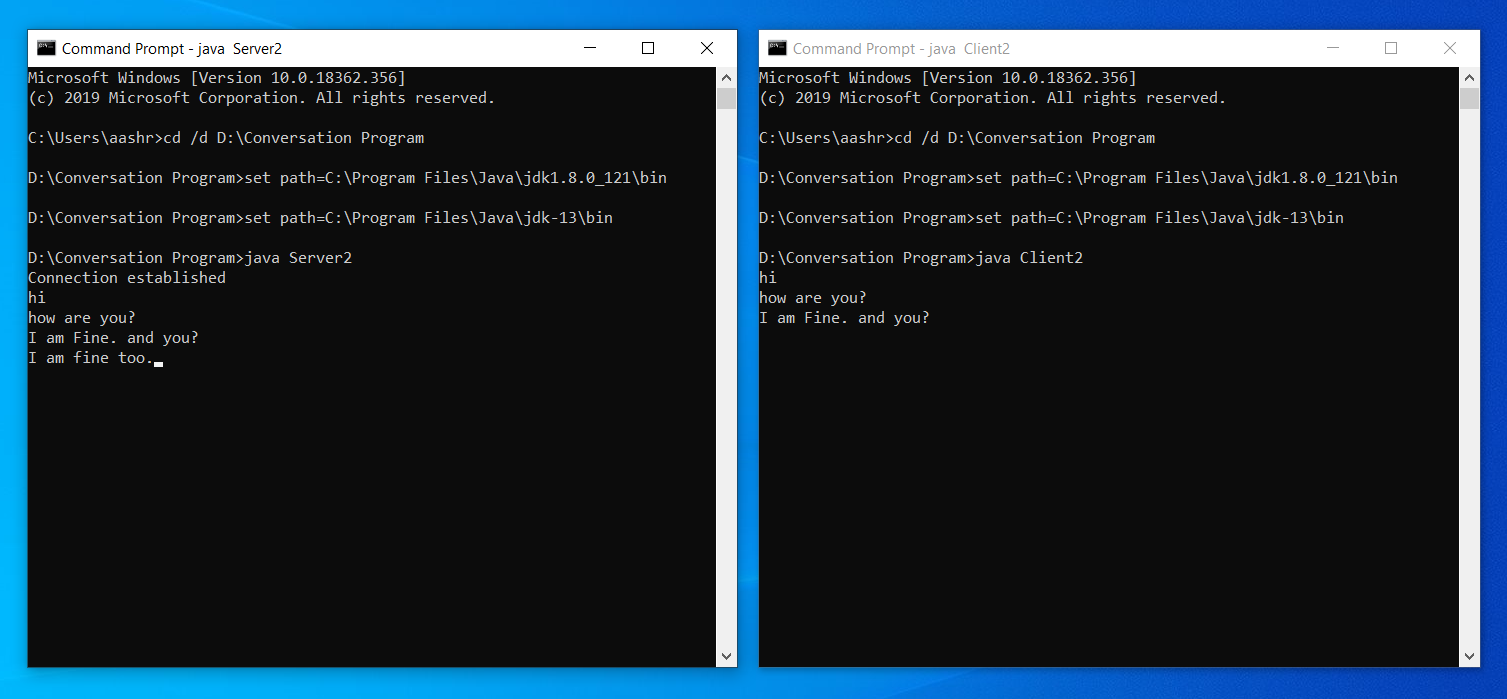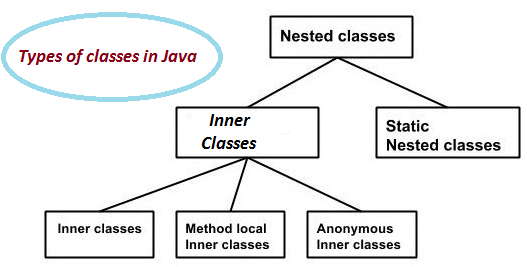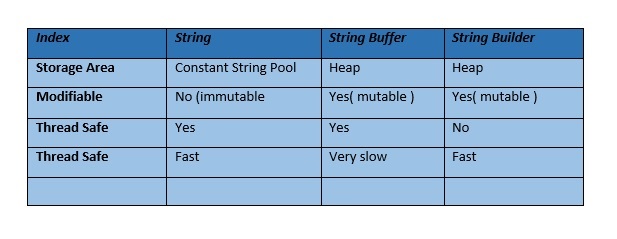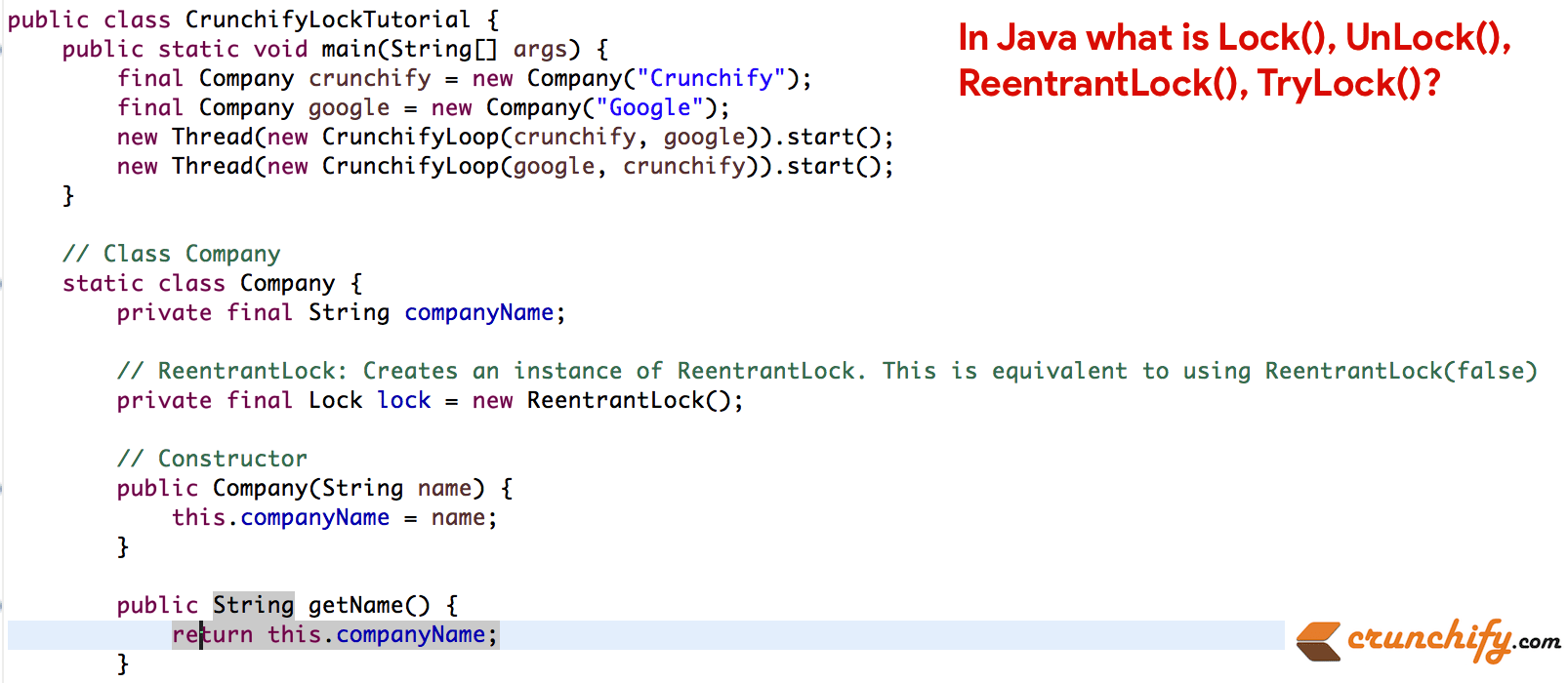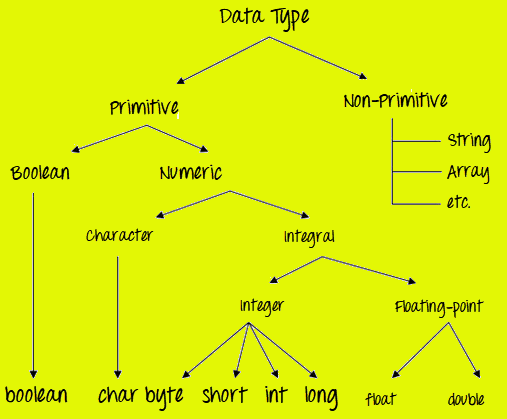What is the difference between singleton and factory design pattern in Java?
What is the difference between singleton and factory design pattern in Java?
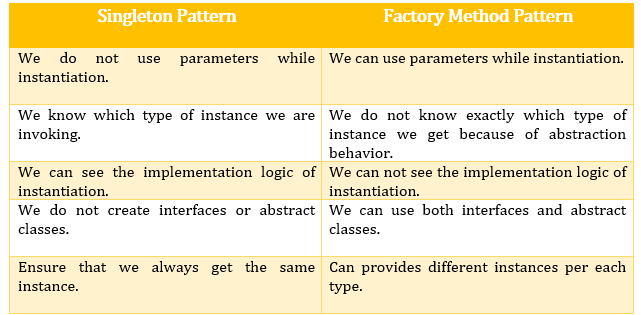
I'll respond in English only as per your request.
The Singleton and Factory Design Patterns are two of the most widely used creational patterns in software development, particularly in object-oriented programming languages like Java. While they share some similarities, they serve different purposes and have distinct characteristics.
Singleton Pattern:
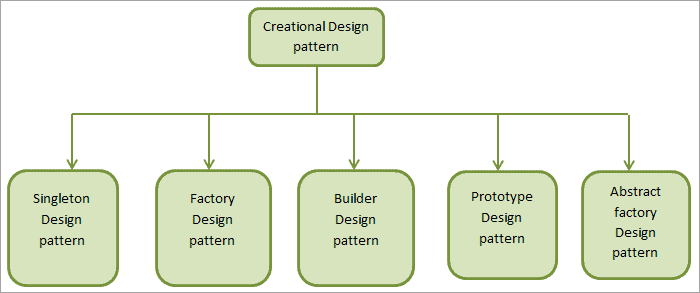
The Singleton pattern ensures that a class has only one instance and provides a global point of access to it. This is achieved by making the constructor private and providing a public static method that returns an instance of the class, if it doesn't already exist. The key characteristics of the Singleton pattern are:
Single Instance: Only one instance of the class is created. Global Access: A global point of access to the single instance is provided. Lazy Instantiation: The instance is created only when it's first requested.The Singleton pattern is often used for logging, configuration files, or other resources that should have a single instance throughout the application.
Factory Pattern:
The Factory pattern provides an interface for creating objects without specifying the exact class of object that will be created. This allows for more flexibility in your code and makes it easier to add new types of objects without modifying existing code. The key characteristics of the Factory pattern are:
Interface-based: Objects are created based on interfaces or abstract classes. Decoupling: The creator (factory) is decoupled from the concrete classes of the objects being created.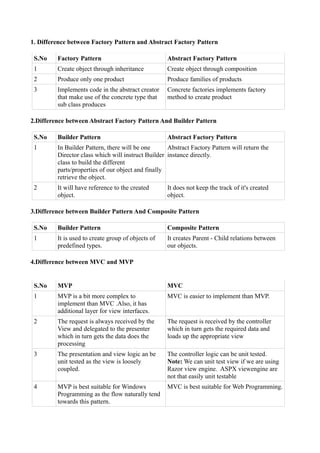
The Factory pattern is often used in situations where you need to create different types of objects, such as database connections or graphics rendering engines, and want to encapsulate the creation logic.
Key Differences:
Purpose: The Singleton pattern focuses on ensuring a single instance of a class, while the Factory pattern focuses on creating objects without specifying their exact type. Scope: The Singleton pattern is typically used for resources that should have a global scope, whereas the Factory pattern is often used for creating objects that are specific to a particular context or use case. Instantiation: In the Singleton pattern, instantiation is lazy (i.e., it's only created when requested), while in the Factory pattern, objects can be instantiated eagerly (i.e., at creation time) or lazily (i.e., on first use).In summary, the Singleton pattern ensures that a class has only one instance and provides global access to it, whereas the Factory pattern provides an interface for creating objects without specifying their exact type. While they serve different purposes, both patterns are essential tools in your Java programming toolkit.
Let me know if you have any further questions or clarifications!
What is the disadvantage of singleton design pattern in Java?
Here's the answer:
One significant disadvantage of using the Singleton design pattern in Java is that it can lead to tight coupling between classes, making it difficult to modify or extend the system. This occurs because the Singleton class becomes a central point of access for other parts of the system, which may require modifications to these classes whenever the Singleton class changes.
For instance, when you have multiple components relying on the same Singleton instance, any modification to the Singleton could impact each of these components, potentially causing unexpected side effects or even breaking the entire system. This tight coupling can make it harder to maintain and evolve your codebase over time.
Another disadvantage of Singleton is that it does not promote good object-oriented design principles. In an object-oriented system, objects should be independent entities with their own state and behavior. The Singleton pattern blurs this boundary by allowing a single instance of a class to exist throughout the entire application, which can make it difficult to reason about the behavior and interactions between different parts of your code.
Additionally, Singletons often become difficult to test because they are tightly coupled to other components. In a well-designed system, classes should be self-contained and easy to test independently. However, when you have multiple classes relying on the same Singleton instance, it can be challenging to isolate the dependencies and test each class individually, which can lead to code that is harder to understand, maintain, and extend.
In terms of scalability, Singleton patterns can also become a problem in multi-threaded applications. When multiple threads access the Singleton instance simultaneously, you may need to add synchronization mechanisms to ensure thread safety, which can introduce additional complexity and potential bottlenecks in your system.
Finally, Singletons can lead to a form of "Global State" where state is shared across different parts of the system, which can be difficult to reason about and debug. Global state can make it harder to understand how different components interact with each other and how they affect the overall behavior of the system.
In conclusion, while Singleton design patterns can provide benefits in certain situations, they also introduce significant disadvantages that can make your codebase more complex, harder to maintain, and less scalable. As such, it's essential to carefully consider the trade-offs and alternative approaches when deciding whether to use the Singleton pattern in your Java applications.
